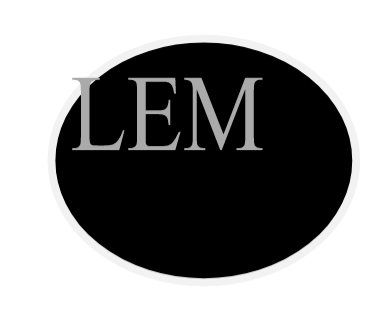EMAIL LIST
Sign up and get reminders on upcoming events, latest news and resources!

Donating Securities instead of cash
How Does It Work?
Donating appreciated assets like property or securities could benefit the donor by protecting the donor from having to pay capital gains tax that may be imbedded in the assets they own. Shares of stock, for example, with unrealized capital gains can be gifted with no capital gains tax assessed to the donor at the time of the donation. And the charity can then sell the asset upon receipt at no tax to them.
For example, let’s assume you have a taxable brokerage account worth $200,000 with unrealized capital gains of $100,000. Instead of continuing to give to charity from your regular income sources and cash flow, you can gift your securities directly to the charity of your choice.
If you typically gift $20,000 per year, then you could essentially save yourself $100,000 in capital gains over a 10-year period by gifting your securities directly. Capital gains taxes are typically assessed at a rate of 15% – 20%, based on the taxpayer’s AGI (Adjusted Gross Income).1 Therefore, gifting appreciated assets in this example could save upwards of $15,000 – $20,000 in capital gains taxes.
And again, if the charity decides to sell your stock or mutual fund upon receipt, there are no tax consequences for them.
What About My Account
The next question donors usually have is, what about my investment account? If donations are coming out of the investment account, there is a concern that the account will become depleted to nothing. The answer is simple. If charitable gifts were previously made from income sources like your Social Security benefit or a pension, you can simply replenish your investment account in the amount of your gift from those same sources.
This will not only maintain the value of your investment account, but it will raise your cost basis in whatever securities you purchase, essentially lowering any capital gains taxes you’ll be responsible for in the future.
Double-Whammy Tax Savings
As previously mentioned, one strategy that has gained popularity in response to the TCJA of 2017 is the use of Donor-Advised Funds. This is where donors bunch their charitable giving into one year by taking a lump sum amount and donating to a Donor-Advised Fund, where they can essentially direct gifts from in the future. However, the tax deduction occurs in the year when the initial lump sum is deposited into the Donor-Advised Fund.
For this strategy to produce optimal results, some clients will often lump large amounts into a Donor-Advised Fund in one year vs. gifting to their preferred charities over time. For example, they might move $200,000 into a Donor-Advised Fund to account for 10 years of charitable giving (assuming gifts of $20,000/year). Again, the donor then can disperse gifts as desired over whatever time frame they choose, to whom they choose, as long as it is a charitable organization, but they will receive the entire itemized deduction in the year of the contribution to the Donor-Advised Fund.
Of course, this begs the question, can appreciated securities with large unrealized capital gains be gifted as part of a Donor-Advised Fund strategy? The answer is yes. The donor would not only save on capital gains tax by gifting securities instead of cash but would also benefit from the bunching of donations into one tax year with a Donor-Advised Fund. Pretty cool, huh?
Regards,
Leonard E. Mandel